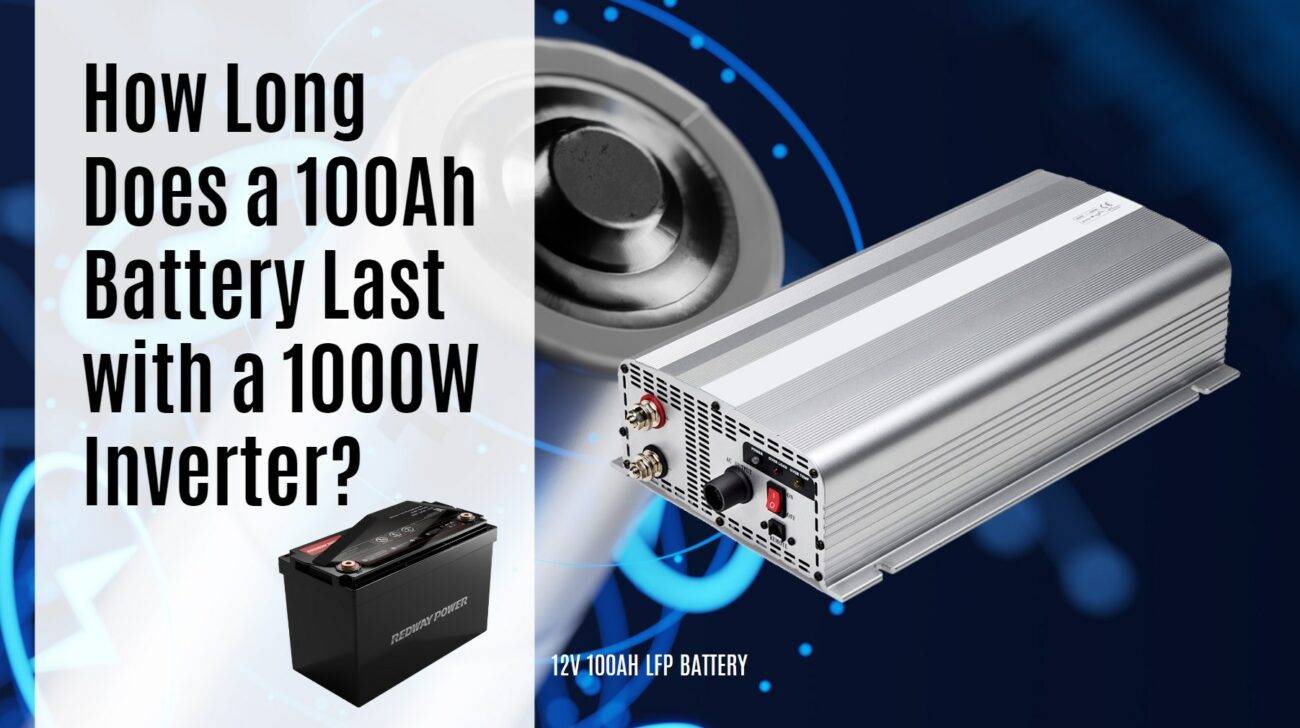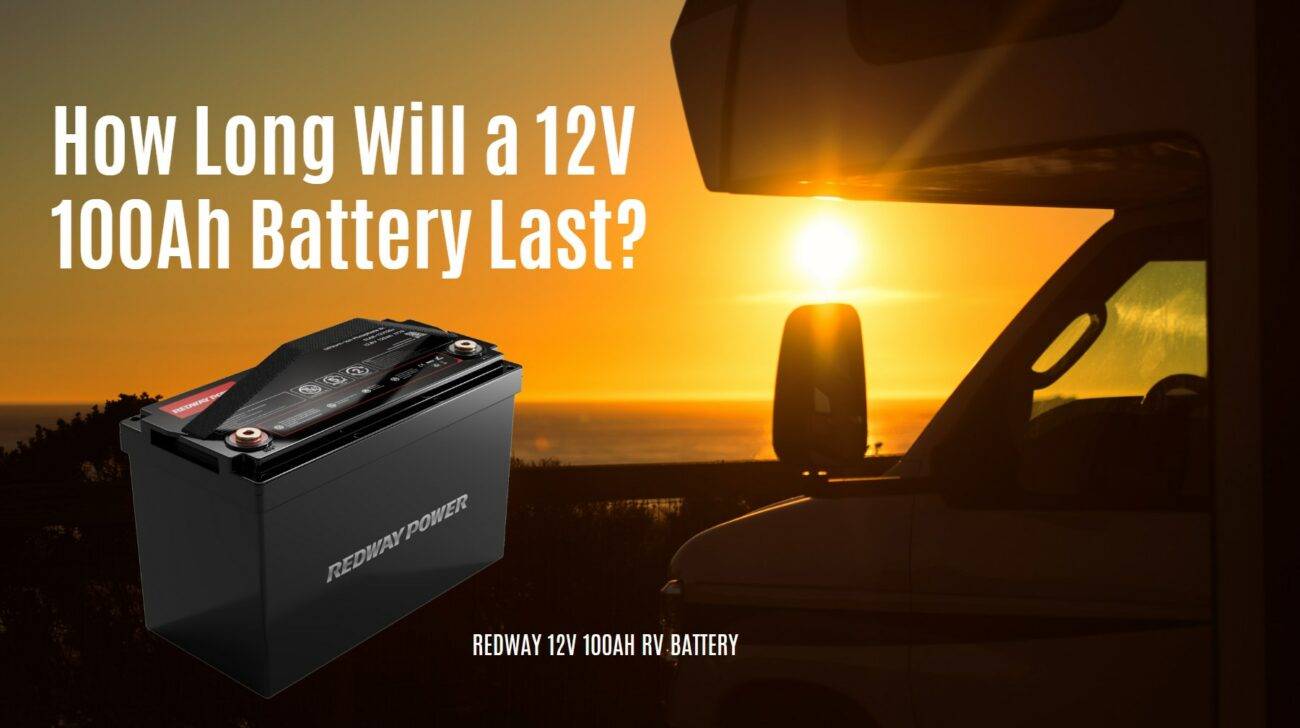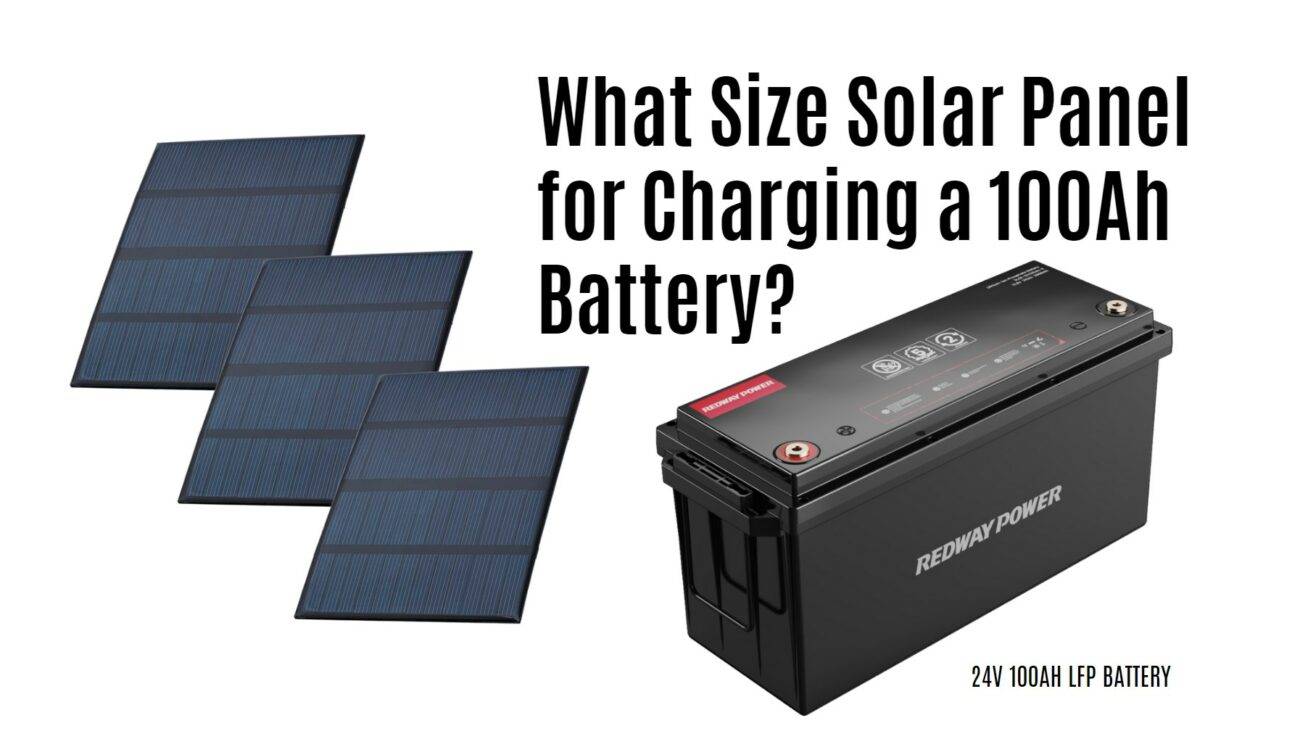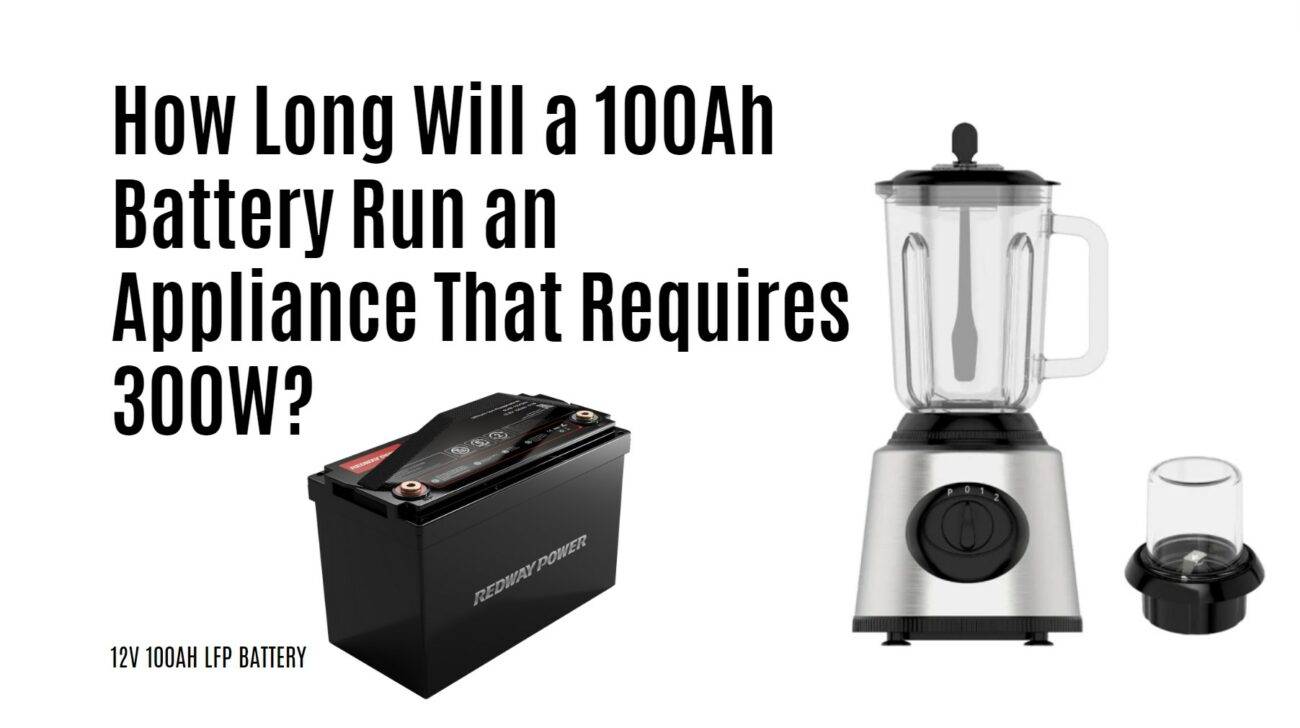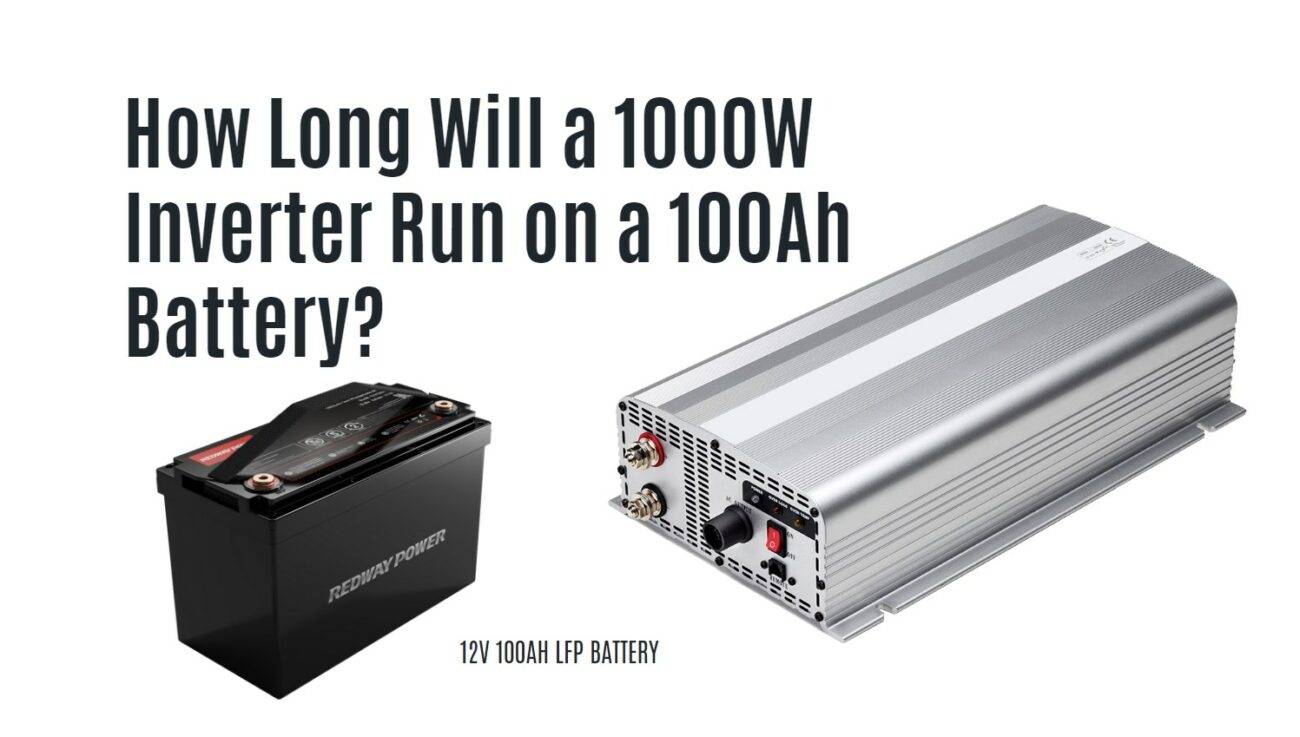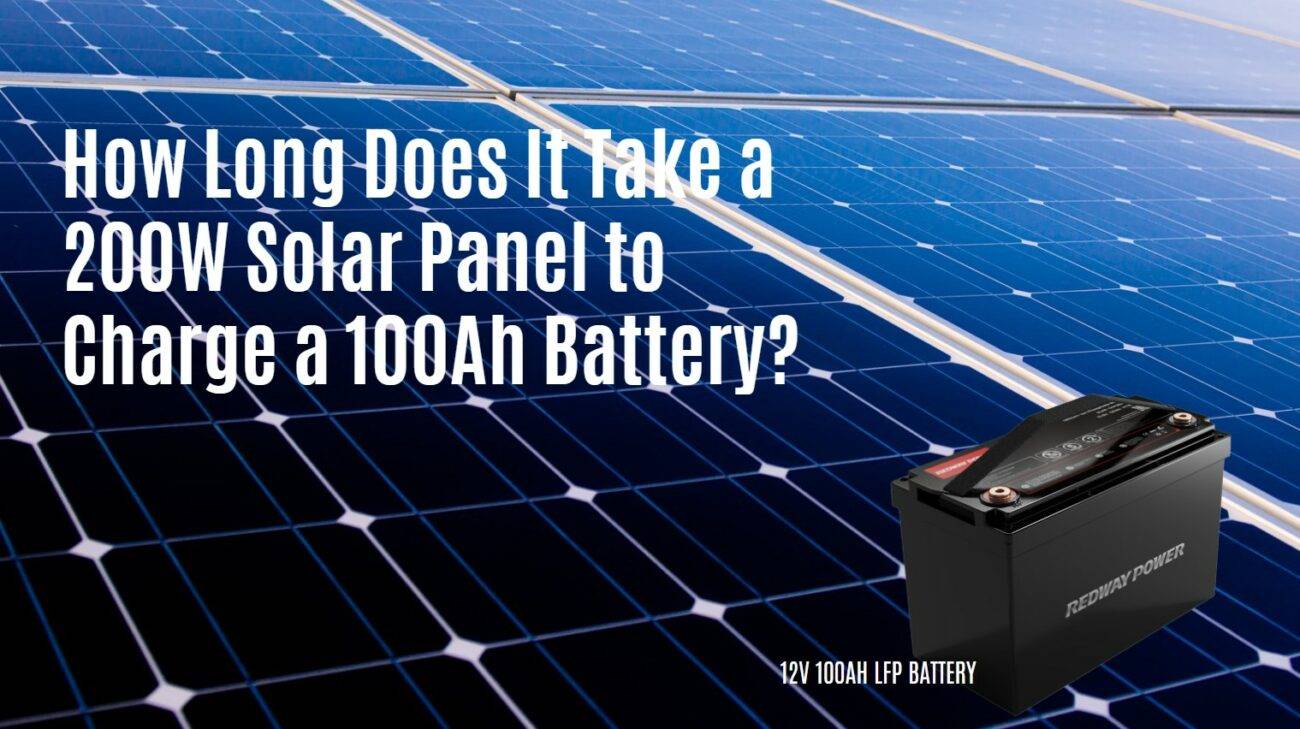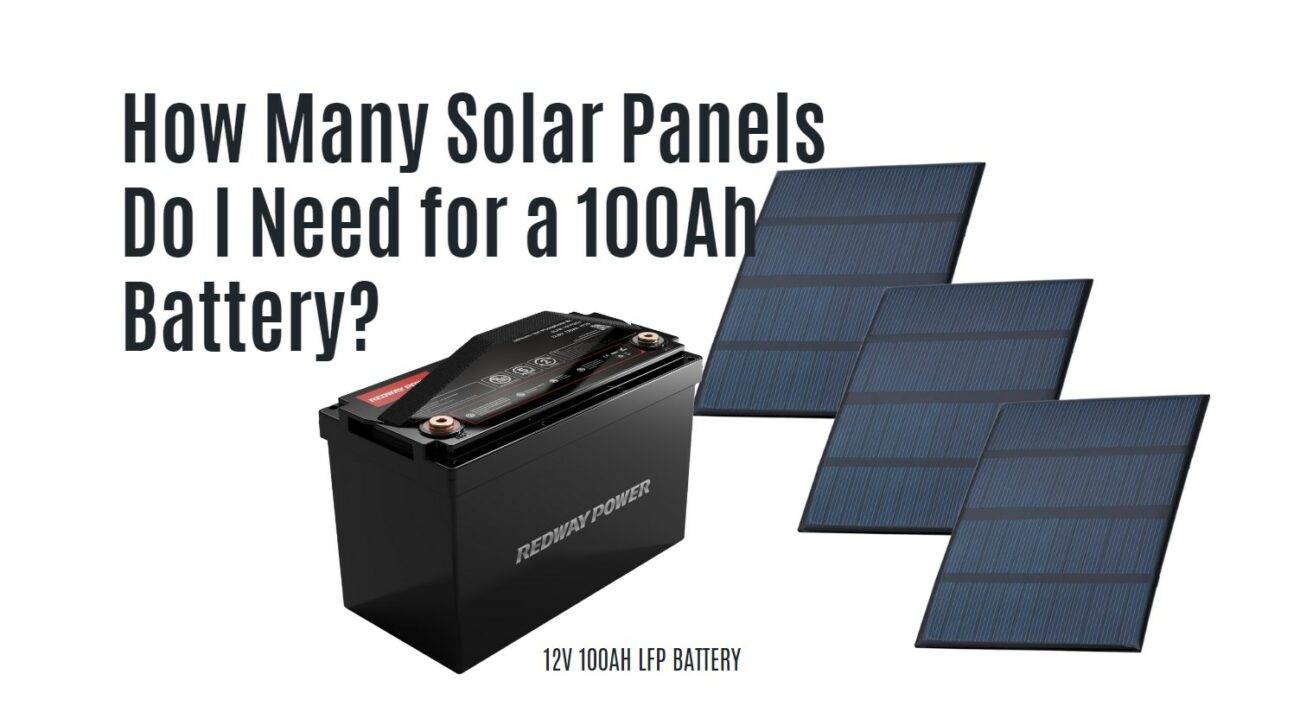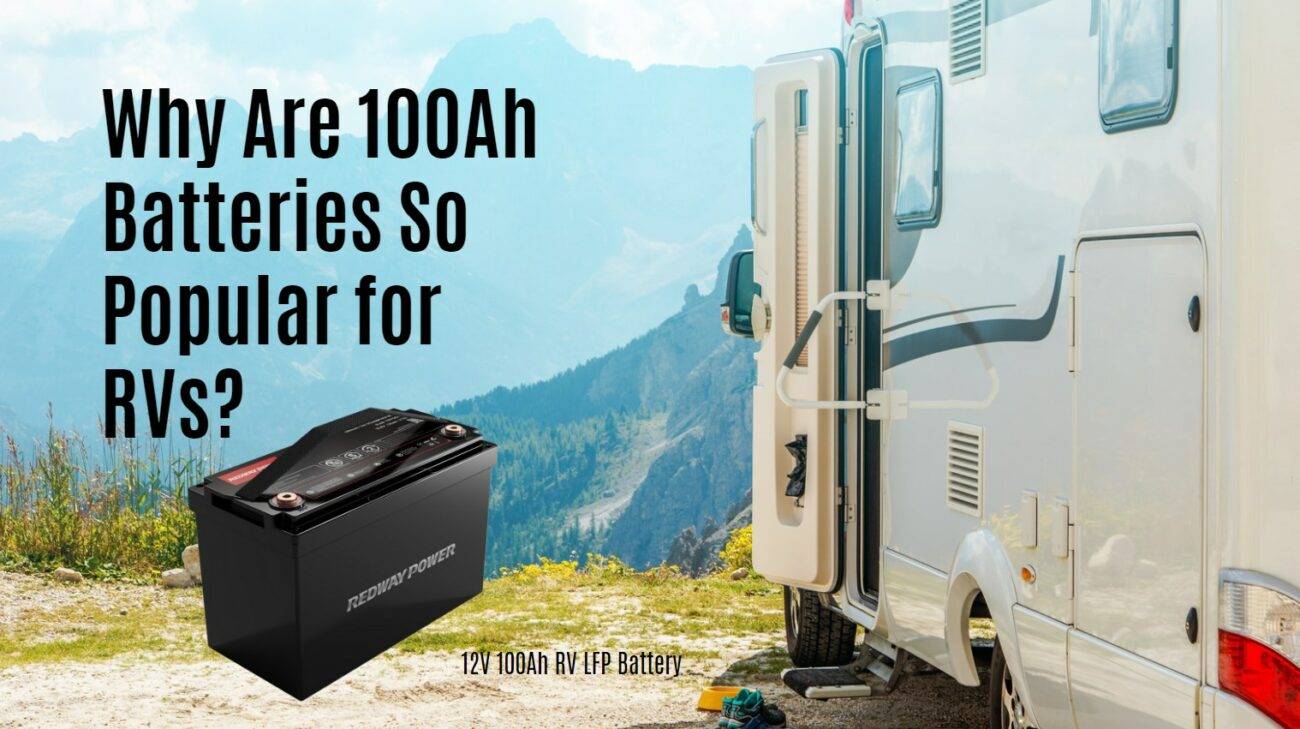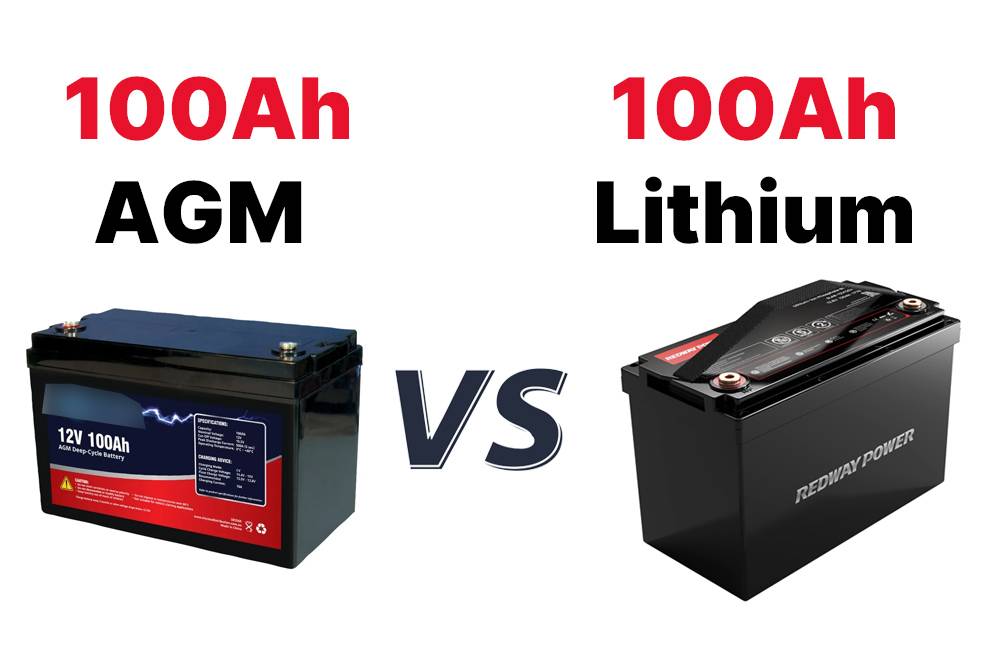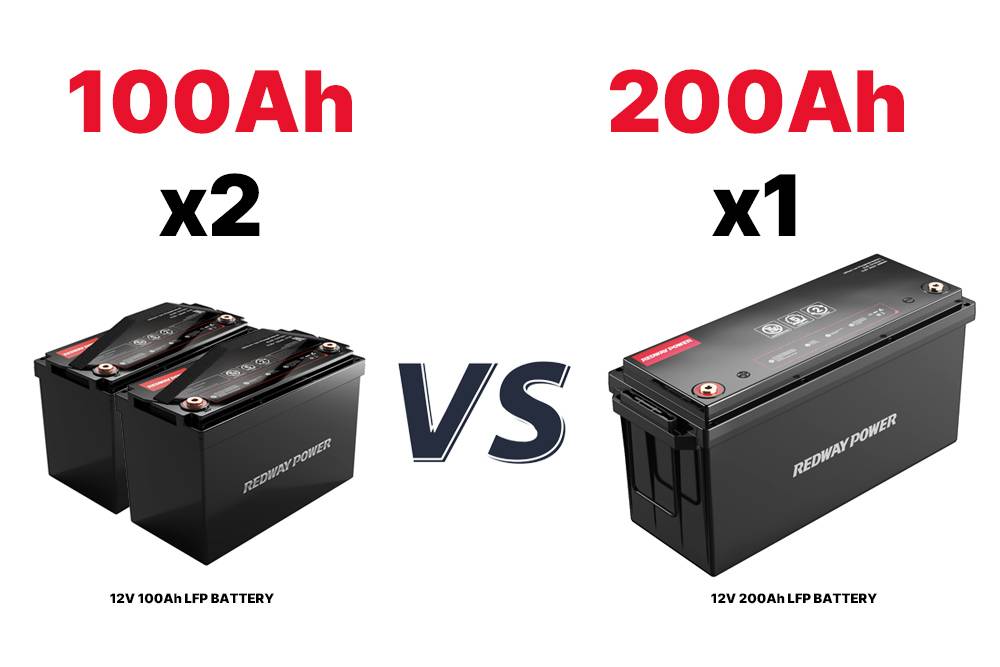Curious about the power needed to run a 100AH battery? Whether for camping or off-grid setups, understanding the link between watts and amp hours (AH) is essential. This post breaks down this connection, guides you on calculating watts from AH, and explores wattage requirements for household appliances, helping you determine your power needs. Let’s dive into this electrifying topic!
Understanding Watts and Amp Hours (AH)
In the realm of electrical systems, watts and amp hours (AH) play crucial roles in determining power consumption and battery capacity. But what exactly do these terms mean? Let’s break it down into simpler terms.
- Watts – Measure of Consumption:
- Watts represent the rate at which energy is used or consumed. It reflects the total power output of an appliance, indicating how fast electricity flows through it.
- Amp Hours (AH) – Measure of Capacity:
- Amp hours (AH) denote the capacity of a battery, signifying the amount of energy it can store. It illustrates how long a battery can supply a certain current before depleting.
- Calculating Wattage from AH:
- To calculate wattage from AH, you need the voltage of your system. Multiply the voltage by the amp hour rating to get an estimate of wattage. For instance, a 12V system with a 100AH battery equates to 1200 watts.
Understanding this relationship is vital for evaluating power requirements and will be further explored, including specific wattage needs for household appliances and determining individual power needs.
The Relationship Between Watts and AH
Understanding the interplay between watts and amp hours (AH) is crucial in assessing electrical systems. Watts signify device power consumption, while amp hours denote battery capacity. The synergy between these two factors determines how long a battery can sustain a given current draw.
- Amp Hours (AH) and Battery Duration:
- Amp hours reveal the duration a battery can supply a specific current. A 100AH battery can, for instance, deliver 1 amp for 100 hours or 10 amps for 10 hours, influencing how quickly the battery depletes.
- Calculating Watts from AH:
- To estimate wattage from AH, multiply the voltage by the AH rating. This yields watt-hours (Wh) and helps gauge battery longevity under different load conditions.
- Considerations for Specific Power Needs:
- Appliances vary in wattage requirements; a refrigerator might consume 1500-2000 watts per day, while an air conditioner ranges from 5000 to 15,000+ watts. To meet your power needs, assess the wattage of all connected devices and account for startup surges.
- Factors Affecting Accuracy:
- Accurate wattage calculations consider factors like temperature, inefficiencies in power conversion, and cable lengths. Research each appliance’s energy patterns to determine suitable battery capacity.
By comprehending these relationships and factoring in specific device requirements, you can confidently determine the appropriate battery capacity for your unique situation.
Calculating Watts from AH
Calculating watts from amp hours (AH) might seem complex, but with a straightforward formula, it becomes manageable. Understanding the relationship between volts and amps is key to estimating your battery’s power capacity accurately.
- Simple Formula:
- The formula for watts is Watts = Volts x Amps. If you have a 12-volt system with a 100AH rating, multiplying 12 by 100 gives you 1200 watts, representing your battery’s maximum power capacity.
- Real-World Considerations:
- Recognize that real-world scenarios involve inefficiencies and losses during conversion, which may reduce available wattage. Appliances with higher starting power or operating currents than their rated wattage should be considered, necessitating consultation with manufacturers or electricians for precise calculations.
- Application in Different Scenarios:
- Knowledge of watts from AH is valuable for various situations, whether ensuring backup power for essential appliances during blackouts or running equipment on a camping trip. Accurate calculations help guarantee a smooth power supply.
- Factors Affecting Performance:
- Other factors, such as temperature and battery age, can influence performance and overall wattage output. Considering these variables is vital when estimating power requirements and making decisions about battery usage.
By grasping this simple formula, you’ll confidently answer questions about watts in 100AH, making informed decisions for your power needs.
Common Household Appliances and Their Wattage Requirements

Understanding the wattage requirements of common household appliances is essential for estimating power needs accurately. Let’s delve into the wattages of various appliances to help you gauge your overall energy consumption.
- Lighting:
- Incandescent light bulbs typically use 60-100 watts, while energy-efficient LED bulbs operate on 5-15 watts. Knowing these figures aids in planning your lighting setup efficiently.
- Kitchen Appliances:
- Kitchen appliances vary in wattage, with microwave ovens ranging from 600-1200 watts and electric stoves or cooktops requiring 1000-5000 watts. Understanding these values is crucial for designing a functional kitchen power system.
- Entertainment Devices:
- Television wattages differ based on size, with smaller TVs using 50-150 watts and larger ones consuming 300-800 watts. Considering these values helps manage power usage in your entertainment setup.
- Refrigerators and More:
- Refrigerators, vital for continuous operation, generally need 100-600 watts. Other household items like hairdryers (1200-1800+ watts), vacuum cleaners (700-2000+ watts), and washing machines (500-1500+ watts) contribute to overall energy consumption.
- Variable Models:
- Keep in mind that these figures are estimates, and actual power usage may vary between different models within each appliance category. Checking specific model specifications ensures accurate planning.
By being aware of the wattages of these common household appliances, you can make informed decisions about your power setup, ensuring it meets your needs without exceeding capacity.
How to Determine the Power Needs for Your Specific Situation
Determining your power needs is vital for planning efficient energy usage, whether for camping, backup power, or general understanding of appliance consumption. Follow these steps to calculate your wattage requirements accurately.
- Device List and Wattage:
- Make a list of all electrical devices you’ll use, noting their wattage ratings. Online resources can help. This provides the total watts required for your devices.
- Duration and Daily Consumption:
- Consider how long each device will run daily. Multiply the wattage by hours of use to get daily energy consumption in watt-hours (Wh). This step ensures you understand the energy needs of each device.
- Factor in Surges and Additional Activities:
- Account for starting surges and inefficiencies. Some appliances may need more watts during startup but operate at lower levels afterward. Include other simultaneous activities requiring power, considering their combined needs.
- Include Safety Margins:
- Add extra capacity for safety margins. This precaution ensures you have a buffer for unexpected circumstances or fluctuations in energy requirements. It prevents situations where your setup is underpowered.
By following these straightforward steps and considering specific factors like appliance usage patterns and simultaneous activities, you can confidently determine the appropriate wattage for your unique scenario, avoiding potential power shortages.
Factors That Can Affect Watt Usage
Understanding wattage requirements is crucial, but various factors can influence actual watt usage in real-life scenarios. Here are key considerations to help you grasp how many watts a 100AH battery can provide effectively.
- Appliance Efficiency:
- The efficiency of appliances determines their power consumption. Choose energy-efficient models requiring fewer watts for optimal performance, ensuring you get the most out of your battery.
- Duration of Use:
- Consider how long you plan to use an appliance daily, as it directly impacts its overall wattage requirement. Assess the duration to align your power needs with the capabilities of a 100AH battery.
- Standby Power Consumption:
- Some devices consume power in standby mode. Be mindful of standby power consumption, as it accumulates over time and can significantly impact overall watt usage, especially for devices left plugged in.
- Environmental Conditions:
- Extreme temperatures affect both appliance and battery performance. Ensure appliances and batteries are within their recommended temperature range for optimal efficiency and longevity.
- Battery Age and Condition:
- Aging batteries may not deliver the same watts as when new. Regular maintenance and monitoring are essential to ensure peak performance from your battery system, considering its age and condition.
By factoring in these elements alongside appliance wattage requirements and accurate calculations based on amp hours, you’ll gain valuable insights into the practical wattage capabilities of a 100AH battery for your specific needs. Remember, consulting with experts can provide tailored advice based on your unique situation.



